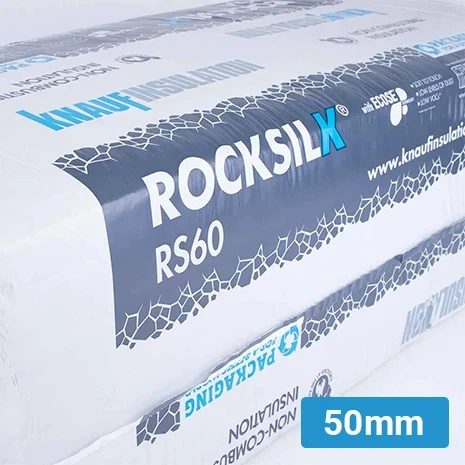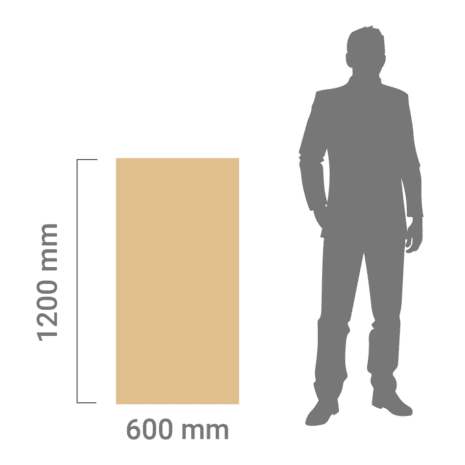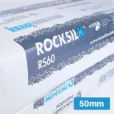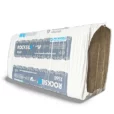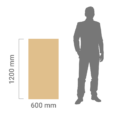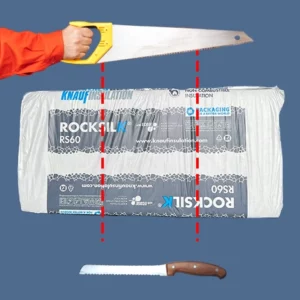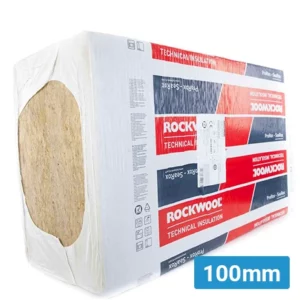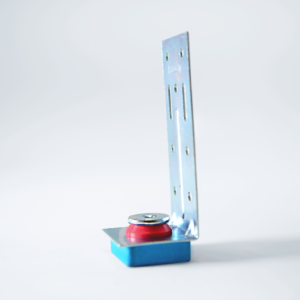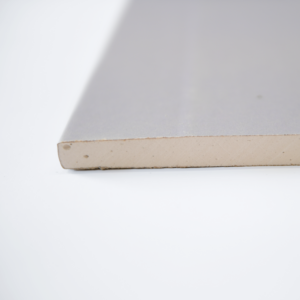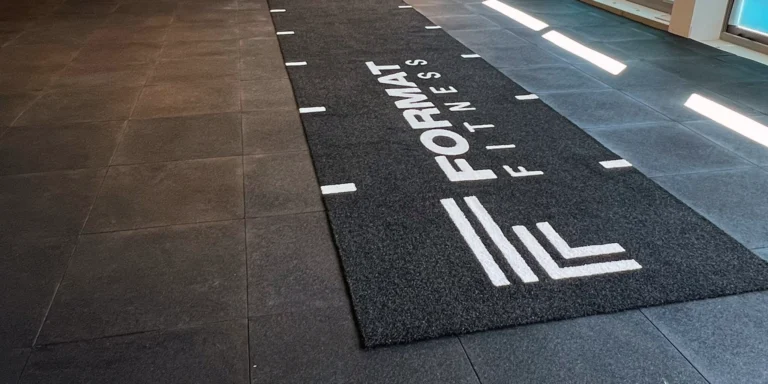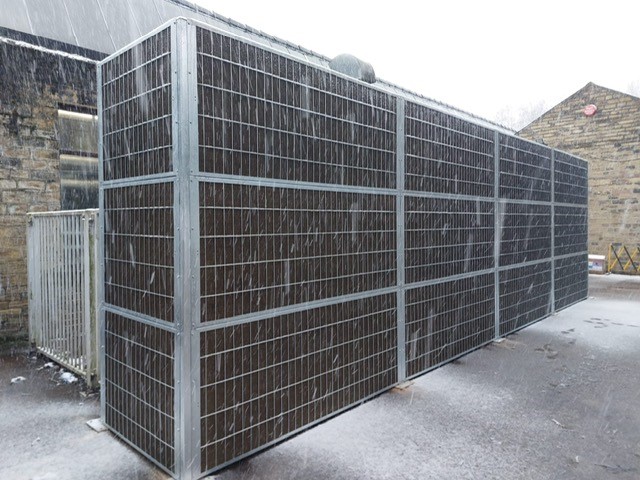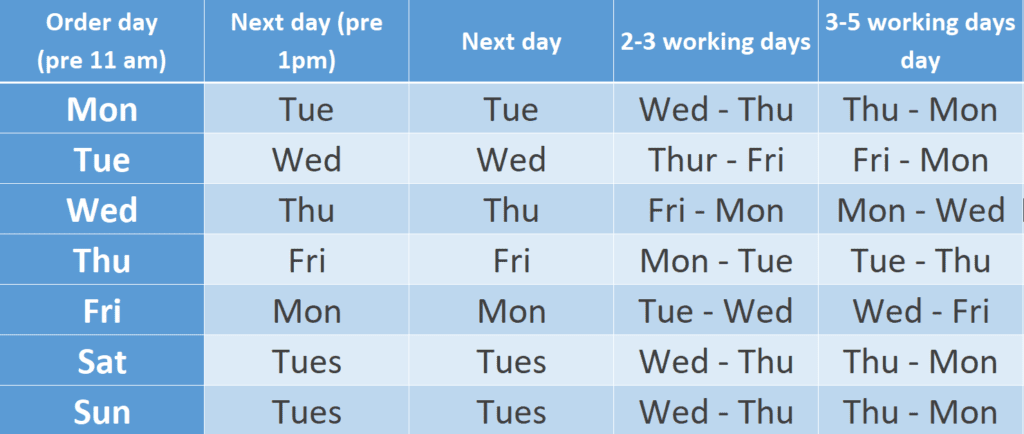Knauf RS60 Acoustic Mineral Wool – 50mm 60kg per m3
Shipped by iKoustic from the UK
£54.95
£65.94 inc. VAT
-
- Soundproof Mineral wool to be used in soundproof partitions.
- A crucial component for all soundproofing systems with joists, battens, acoustic cradles or stud-frames.
- Euroclass A1 fire rating.
- Dimensions: 1200mm x 600mm x 50mm. (9 per bale – (6.48m2).
- Weight: 20kg
Knauf Acoustic Mineral Wool RS60 50mm 60kg per m3
Knauf Acoustic Mineral Wool (RS60) (60kg per m3) is high-density acoustic mineral wool that is used to treat cavities, between flooring joists, stud-frame walls and battened ceilings.
Acoustic Mineral Wool works by lessening sound energy helping to decrease the remaining noise ‘bouncing’ around inside the cavity and amplifying (like a drum). We recommend using Knauf RS60 as part of a system or to reduce Flanking transmission.
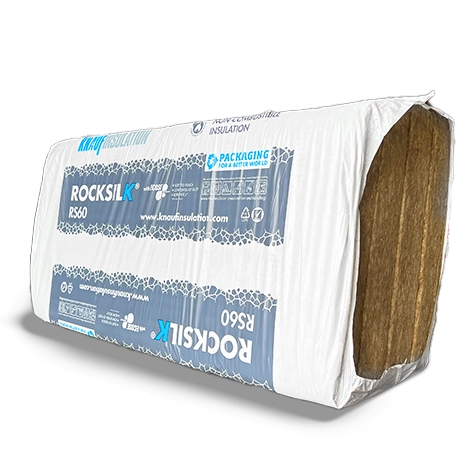
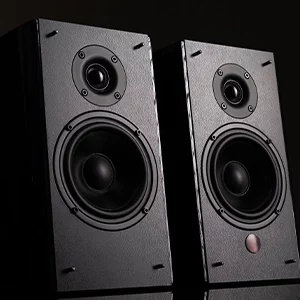
Bass frequency absorption
Bass frequencies are difficult to treat with soundproofing. Knauf RS60 has a good absorption coefficient at bass frequencies, making it an essential upgrade to most soundproofing systems.
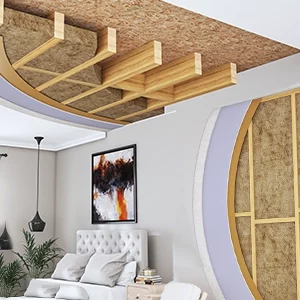
Multi-use application
Whether you are treating your wall, floor or ceiling Knauf RS60 is ideal to fill joists, stud frames, battens and acoustic cradles.
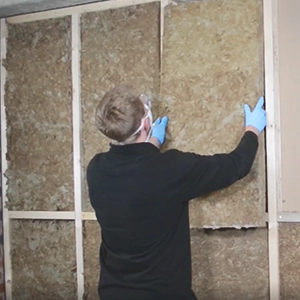
Easy to install
Cut your slabs slightly larger than the application area and simply pressure fit them to hold them in place.

A1 fire rated
Knauf RS60 has a Euroclass A1 fire rating, meaning it is completely non-combustible. This is an excellent safety feature and is often required for building regulations.

Thermal insulation
Alongside its enhanced acoustic capability acoustic mineral wool carries the same thermal insulation properties as its standard counterpart. Knauf RS60 has a thermal conductivity of 34 W/mK.
Other RS60 thicknesses we offer:
| Mineral wool thickness | 100mm | 75mm | 50mm | 25mm |
| Slabs per bale/m2 | 4 Slabs (2.88m2) | 6 Slabs (4.32m2) | 9 Slabs (6.48m2) | 18 Slabs (12.96m2) |

Find out more information about Knauf RS60 Acoustic Mineral Wool by downloading the guide below.
If you are looking to specify this product for a build, please refer to our downloads tab for technical product or systems information.
Technical Support
Should you require further technical assistance in specifying our products, please contact us and ask for our Technical Rep, Gabriel Whittle.
BIM Objects
iKoustic also supply a selection of BIM objects via our NBS profile, which can be found here.
Important Information
Our products contain a high level of mass. If there are any structural concerns you will want to consult a Structural Engineer to discuss your requirements.
*Our Typical Performance Results and Noise Reduction Guidance are provided to indicate the results that have been achieved in previous tests but are not guaranteed to a specific site as multiple factors can affect this, you can view their variants on our ‘Featured Systems’ tab.

